Anetlanda/iStock/GettyImages
Toasted, caramelized, candied or blanched -- there seems to be an endless variety of almonds to choose from when you are cooking. Slivered and sliced almonds routinely make appearances in baked goods like biscotti, cakes and cookies. Though they can occasionally be used interchangeably, subtle differences in preparation and shape can affect the flavor or consistency of a dish.
Slices vs. Slivers
The terms sliced and slivered refer to the way the almond is cut. Sliced almonds are cut along an almond's horizontal plane, resulting in thin, wide oval chips. Slivered almonds are cut into a julienne shape, like tiny matchsticks. Slivered almonds are usually thicker pieces while sliced almonds are so thin they are almost transparent.
Preparation
Another significant distinction between slivered and sliced almonds is in how they are made. Sliced almonds come either blanched or unblanched, or natural, versions. Blanching is a process in which the almonds are heated, usually in boiling water, to about 160 degrees Fahrenheit. While they are still warm, the skins are removed before the almonds are cut into either slivers or slices. Some sliced almonds are available with a thin edge of the skin still attached. Slivered almonds are always blanched and have their skins removed before cutting.
Uses
Most recipes specify slivered or sliced almonds, but occasionally you could use either. If you are choosing what's best to use, consider both the kind of recipe and your own preferences. Almonds in their skin tend to have a heartier, nuttier flavor, so if you want to taste more of the almond, opt for unblanched sliced almonds. For a more subtle flavor, either blanched sliced or slivered almonds may be best. Another consideration is how the almonds are cooked. If they are mixed into a batter, either is likely fine, but if they are sprinkled on the top or layer the bottom of a dish, sliced almonds are more likely to burn because they are thinner.
Making Your Own
Slicing or slivering your own almonds is no easy feat. In a pinch, you can grind whole almonds in a food processor for coarse crumbs, or crush almonds under the flat side of a large knife for larger pieces. They won't be as decorative but the flavor will still be there. If you decide to try to slice or sliver your own, first cover them with boiling water and allow them to sit long enough to cool. If you want them blanched, remove them one at a time and pinch the end until the meat slips out of the skin. The almonds should be sliced or slivered with a sharp paring knife while they are still warm. This process can be exceptionally tedious and is best done wearing cut gloves to prevent injuries.
Related Articles
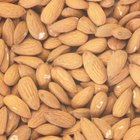
Types Of Almonds

Differences in Acorn & Butternut Squash

How to Shell Fresh Almonds
How to Toast Almond Slivers

What Are Blanched Vs. Unblanched ...

The Shelf Life of Almond Paste

How to Eat a Raw Chestnut
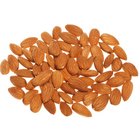
How to Cook Raw Almonds

Substitute for Peanut Satay Sauce
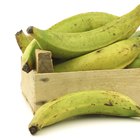
How to Cook Matoke (Plantains) the ...

How to Prepare Cucumbers
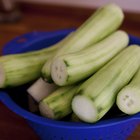
Should I Peel Cucumbers?
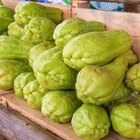
How to Chop Chayote
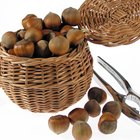
How to Eat Hazelnuts

Type of Peanuts Used to Make Peanut ...

Can You Substitute Asian Eggplant for ...
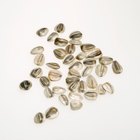
Is There a Difference Between Sunflower ...
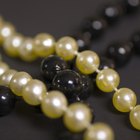
How to Tell What Pearls Are Worth

What Is the Difference Between Raw & ...

Can I Cook Gyro Meat on a Rotisserie?
References
- Cooks Info: Slivered Almonds
- The Art and Soul of Baking; Cindy Mushet
- The Tante Marie's Cooking School Cookbook; Mary S. Risley
- Cakes; Maida Heatter
- Maida Heatter's Book of Great Desserts; Maida Heatter
Writer Bio
Hannah Wahlig began writing and editing professionally in 2001. Her experience includes copy for newspapers, journals and magazines, as well as book editing. She is also a certified lactation counselor. She holds a Bachelor of Arts in English from Mount Holyoke College, and Master's degrees in education and community psychology from the University of Massachusetts.